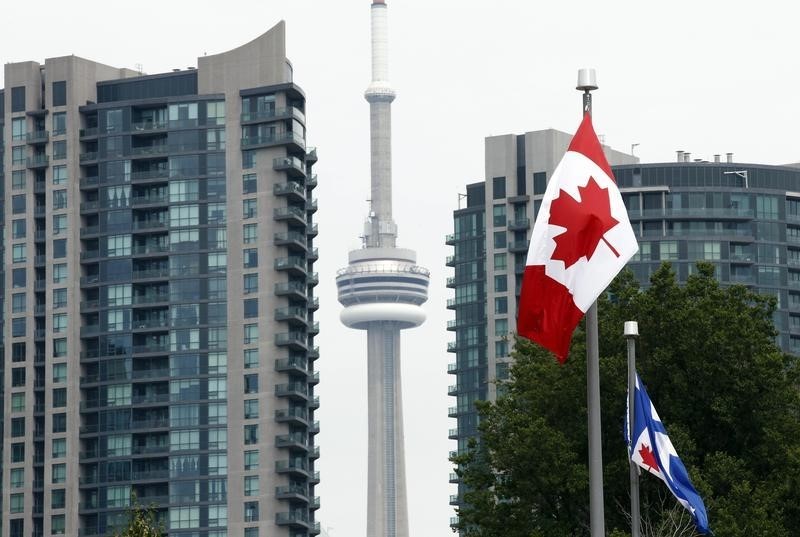By Ketki Saxena
Investing.com -- Yesterday saw the release of much-awaited jobs reports in both Canada and the United States, both of which surprised market expectations, although in very different ways.
The data paints a picture of two economies reacting to sharply rising-rates and teetering on the brink of the recession - although Friday’s stellar non-farm payrolls appear now to have definitely closed that debate for the U.S. economy.
The Canadian economy however shows a sharp decline in jobs - but a steady unemployment rate, which implies that while there are less jobs available, there are also less people looking for jobs.
Here’s what to know about the jobs reports, the implications on both economies, and what markets expect next from the Bank of Canada and the U.S. Federal Reserve.
U.S. Jobs Reflect a Roaring Economy, Settling the Recently Debated Recession Question
The U.S. non-farm payrolls report smashed even the most optimistic estimates, rising more than double the amount expected by economists, and definitively settling the recently debated question of whether the U.S. economy is in a recession.
Non-farm payrolls which showed an increase of 528K jobs in July, surpassing market expectations for a rise of 250K. The previous month's reading was also revised higher to 398K from 372K, while the unemployment rate also edged down to 3.5% from 3.6% in June.
The jobs report is particularly significant in the context of the recent two-quarter contraction in the U.S. economy, which by a widely held rule of thumb indicates a recession. Many economists hold however that other key indicators on the health of the economy include trends in payroll employment, personal income, consumer spending and industrial production.
Last week's data seems to settle the question: an economy adding more than 500,000 jobs with a historic low unemployment rate is not one that is in a recession.
Significantly, the jobs report also gives the U.S. central bank considerable leeway to notch up its fight against inflation, as the economic powerhouse that is the American economy continues to run full steam ahead, confounding economist expectations.
Canadian Jobs: Another Indicator of A Cooling Economy - with a Caveat
In Canada meanwhile, employment unexpectedly declined for the second month in a row, with the economy shedding 30,600 jobs in July, widely missing economist expectations for a gain of 20,000 jobs and indicating a cooling in the economy as the Bank of Canada ramps up its rate-hike spree.
It’s important to note however that despite the decline, the jobless rate held steady at its record low of 4.9 per cent, implying lower participation in the labour force.
It is worth noting that the labour force participation rate is still rebounding from lower level during the COVID-19 pandemic.
As governments introduced various support measures at the beginning of the pandemic, starting in the second quarter of 2020, the share of households with benefits (non-pension) benefits as a main source of income reached 15.8%, while the share of those who primarily earned wages and salaries dropped to 59.0%.
Following the expiry of most pandemic support measures at the end of 2021, the levels moved closer to pre-pandemic rates, at 4.9% for those with benefits ( non-pension), and 69.6% for those earning wages and salaries as a main source of income.
What to expect from the Bank of Canada and the Federal Reserve
After the jobs report, money markets have nearly fully priced in a 50 basis point rate hike by the Bank of Canada next month, although a larger 75 bps hike still remains on the table.
In terms of the Federal Reserve, expectations had been for a 50 basis point hike in September, Friday’s jobs report. Now, money market traders price in about an above 60% chance of a 75-basis point hike for next month
